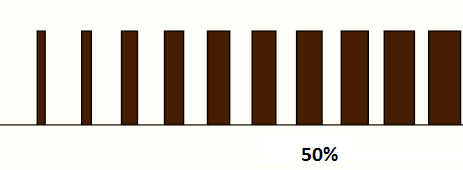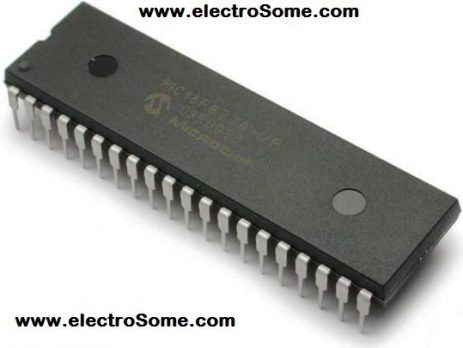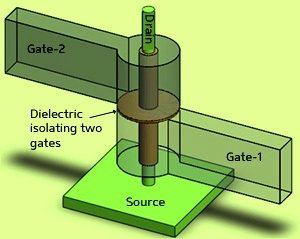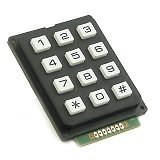PWM : Pulse Width Modulation
Pulse Duration Modulation or Pulse Width Modulation is a powerful technique used to control analog circuits using digital outputs. Nowadays PWM has a wide variety of applications such as to create analog voltage level, waveform generation, motor speed control, power control and conversion, measurements and communication etc. PWM uses a rectangular pulse wave as shown in the figure below whose pulse width is modulated, which results in the variation in the average voltage of the waveform. Pulse Width Modulation






